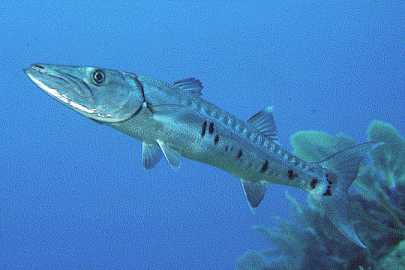
Our last fived days in Costa Rica passed by more quickly then any of those earlier during our time spent abroad. Our last day of classes was on a Thurseday and we stuffed a weekend trip to  Arenal Volcano before heading for the airport at 3 a.m. Tuesday morning. The last five days were a whirlwind of travel, celbration, and hasta luego's that all culminated in copious amounts of tear drops at the airport very early in the morning.
Arenal Volcano before heading for the airport at 3 a.m. Tuesday morning. The last five days were a whirlwind of travel, celbration, and hasta luego's that all culminated in copious amounts of tear drops at the airport very early in the morning.
 Arenal Volcano before heading for the airport at 3 a.m. Tuesday morning. The last five days were a whirlwind of travel, celbration, and hasta luego's that all culminated in copious amounts of tear drops at the airport very early in the morning.
Arenal Volcano before heading for the airport at 3 a.m. Tuesday morning. The last five days were a whirlwind of travel, celbration, and hasta luego's that all culminated in copious amounts of tear drops at the airport very early in the morning. Now we have been home for a little over a week. We have shared our experiences with friends and family, shown them pictures, and discussed everywhere we went and everything we learneed in Costa Rica. Yet, since we have been home we have realized no matter how much we share with others no one can ever truely appreciate our experience as much as we can. No matter how much we tell others about our experiences no one can understand the relationships we built with each other, Don Jorge and Doña Ana, and the town and people of Santa Ana in the four months we spent in Costa Rica. Needless to say, I look foward to returning and catching up with friends and indulging in la pura vida once again, hopefully in the near future.
I have since returned to working 40 hours a week and, all things considered, nothing here has  really changed much. Moreover, my time spent in Costa Rica all feels as though it were a dream. It is strange to think that less than two weeks ago I was in Central America, I had just returned from Panama, on my last day of classes I pet a jaguar, we visited an active volcano, and bathed in hot springs, all within a week before we got on our plane. It seems like an alternate reality. Four months of my life spent in a world that is almost opposite of the one where I have spent 22 years. The entire trip, every class we took, every place we visited, every conversation we had is all a blur, a haze of a memory that I'm glad I have this blog, my photos, and my friends to remind me was actually real.
really changed much. Moreover, my time spent in Costa Rica all feels as though it were a dream. It is strange to think that less than two weeks ago I was in Central America, I had just returned from Panama, on my last day of classes I pet a jaguar, we visited an active volcano, and bathed in hot springs, all within a week before we got on our plane. It seems like an alternate reality. Four months of my life spent in a world that is almost opposite of the one where I have spent 22 years. The entire trip, every class we took, every place we visited, every conversation we had is all a blur, a haze of a memory that I'm glad I have this blog, my photos, and my friends to remind me was actually real.
 really changed much. Moreover, my time spent in Costa Rica all feels as though it were a dream. It is strange to think that less than two weeks ago I was in Central America, I had just returned from Panama, on my last day of classes I pet a jaguar, we visited an active volcano, and bathed in hot springs, all within a week before we got on our plane. It seems like an alternate reality. Four months of my life spent in a world that is almost opposite of the one where I have spent 22 years. The entire trip, every class we took, every place we visited, every conversation we had is all a blur, a haze of a memory that I'm glad I have this blog, my photos, and my friends to remind me was actually real.
really changed much. Moreover, my time spent in Costa Rica all feels as though it were a dream. It is strange to think that less than two weeks ago I was in Central America, I had just returned from Panama, on my last day of classes I pet a jaguar, we visited an active volcano, and bathed in hot springs, all within a week before we got on our plane. It seems like an alternate reality. Four months of my life spent in a world that is almost opposite of the one where I have spent 22 years. The entire trip, every class we took, every place we visited, every conversation we had is all a blur, a haze of a memory that I'm glad I have this blog, my photos, and my friends to remind me was actually real. (Below are some photos of the wildlife at our hotel at the foot of Arenal)
















































